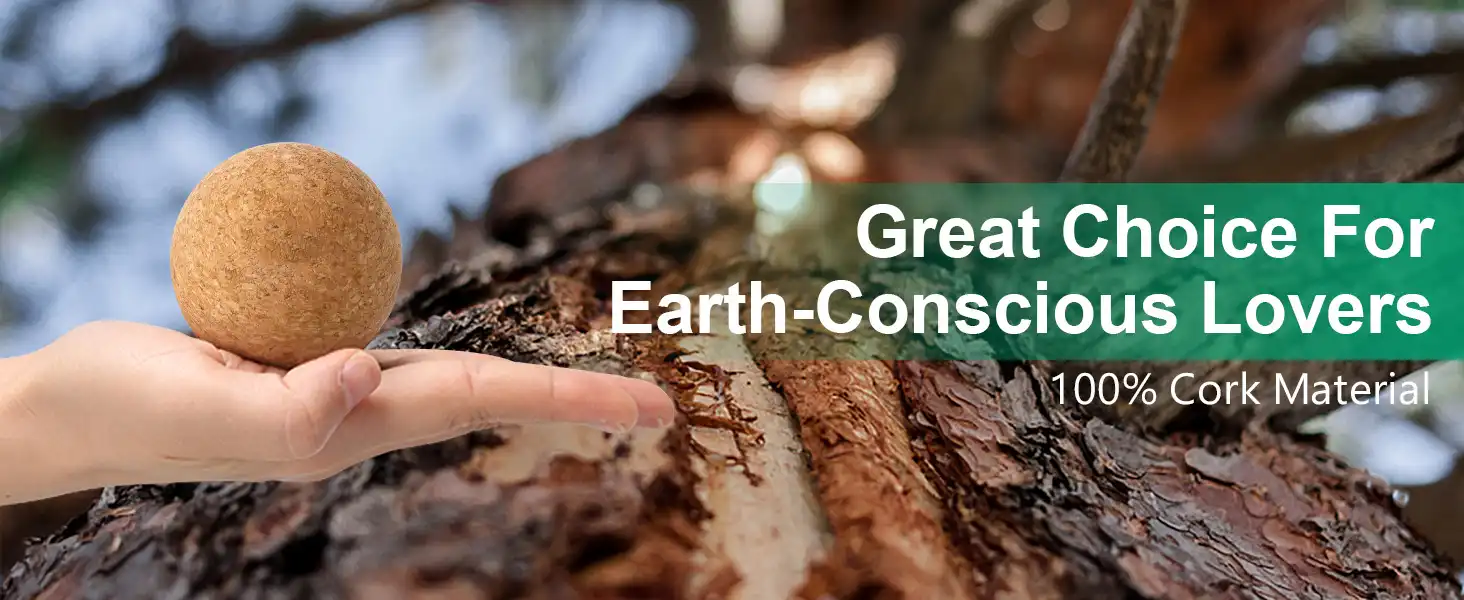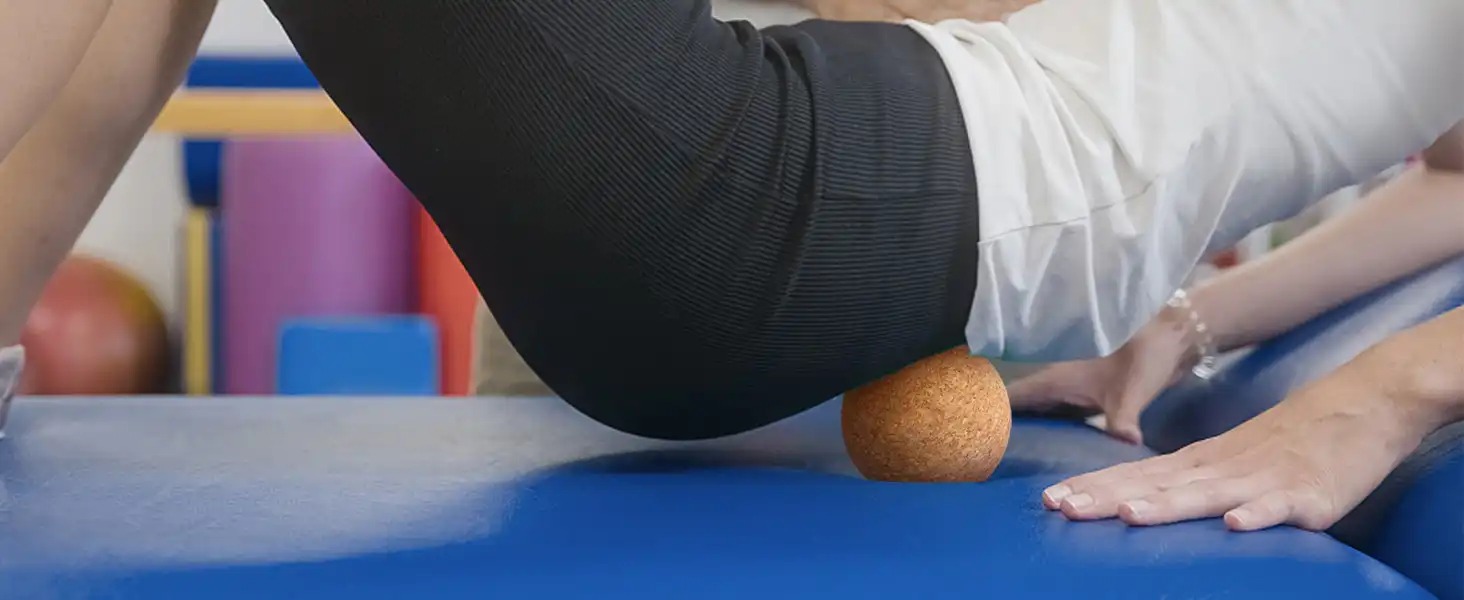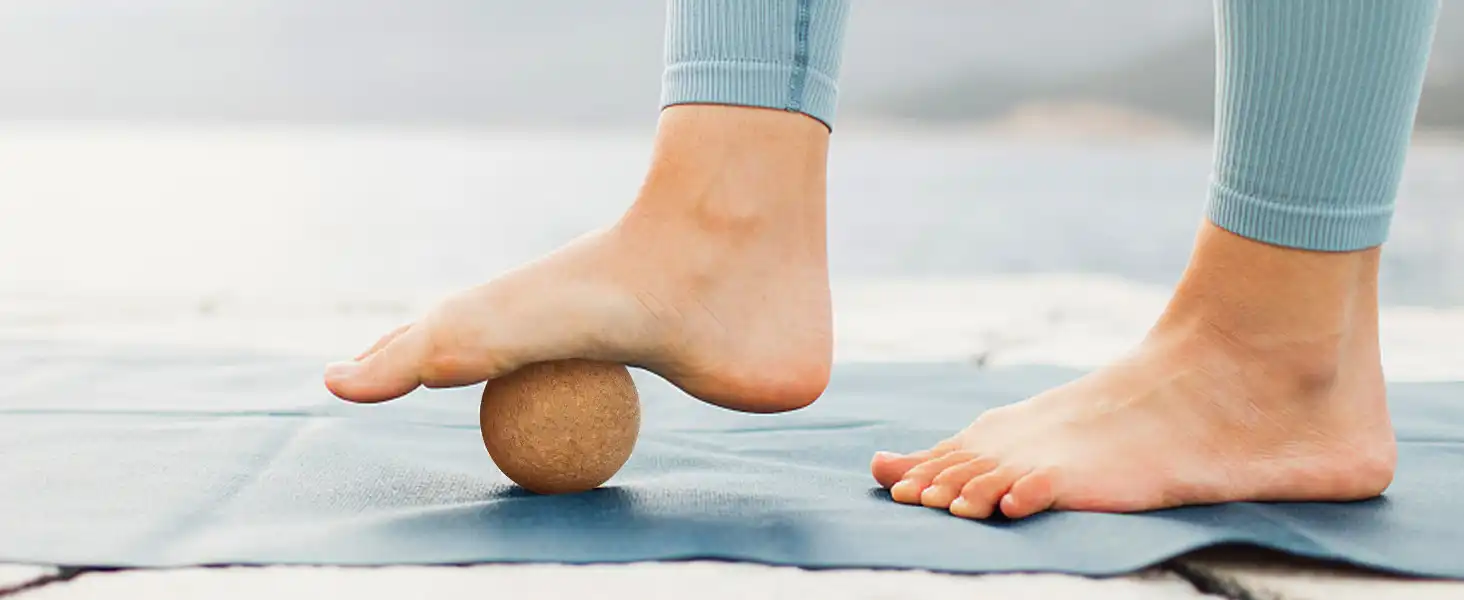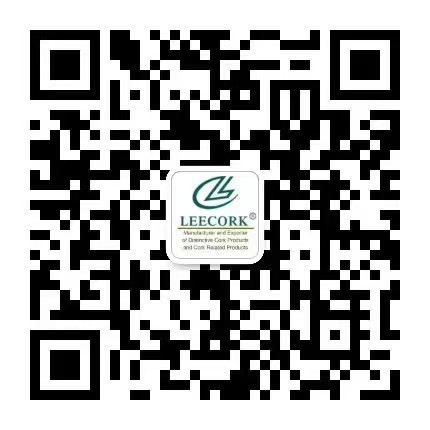Can Cork Massage Balls Revolutionize Your Myofascial Release Routine?
2025-07-22 16:04:02
Cork Massage Balls are indeed revolutionizing myofascial release routines, offering a unique blend of firmness and pliability that sets them apart from traditional massage tools. These eco-friendly spheres, crafted from 100% natural cork, provide an unparalleled self-massage experience that can transform how you approach muscle tension and soreness. The Cork Massage Ball excels in its ability to deliver precise pressure to tight fascia and knotted muscles, promoting improved circulation and flexibility. Unlike plastic or rubber alternatives, the texture of cork offers a grip that prevents slipping during use, ensuring a safe and effective massage session. As more fitness enthusiasts and wellness professionals discover the benefits of cork-based tools, it's clear that these innovative massage balls are not just a passing trend but a significant advancement in self-care technology.

Science Behind Cork's Unique Pressure Distribution
The effectiveness of a Cork Massage Ball in myofascial release lies in its unique material properties. Cork's cellular structure consists of millions of tiny air-filled chambers, giving it a remarkable combination of firmness and compressibility. This structure allows the ball to conform to the body's contours while maintaining enough rigidity to exert pressure on deep tissues.
Pressure Mapping and Cork's Adaptability
Studies using pressure mapping technology have shown that cork distributes force more evenly across its surface compared to synthetic materials. This even distribution is crucial for myofascial release, as it prevents excessive pressure on any single point, reducing the risk of bruising or discomfort. The adaptability of cork also means that as you apply more force, the ball compresses slightly, increasing the surface area in contact with your body and thus spreading the pressure over a wider region.
Thermal Properties and Myofascial Response
Another significant advantage of cork is its thermal insulation properties. Unlike metal or plastic balls that can feel cold to the touch, cork rapidly warms to body temperature. This warmth is beneficial for myofascial release, as heat helps to increase blood flow and tissue elasticity. The combination of pressure and warmth from a Massage Ball Cork can enhance the effectiveness of your myofascial release routine, potentially leading to faster and more lasting results.
Targeted Areas for Cork Ball Massage
Cork Massage Balls are versatile tools that can be used to target various muscle groups and fascia throughout the body. Their size and texture make them particularly effective for addressing specific problem areas that are often challenging to reach with other massage techniques.
Upper Body Focus
For the upper body, a corkmassage can be incredibly effective in releasing tension in the following areas:
- Neck and Shoulders: Roll the ball between your upper back and a wall to target tight trapezius muscles.
- Pectorals: Lie on the floor and place the ball under your chest, gently rolling to release chest tightness.
- Forearms: Perfect for desk workers, roll the ball along your forearms to alleviate computer-related strain.

Lower Body Applications
The lower body can benefit greatly from cork ball massage techniques:
- Glutes: Sit on the ball and roll in circular motions to release deep gluteal tension.
- Hamstrings: Place the ball under your thigh while seated, and slowly extend your leg to roll along the muscle.
- Feet: Roll the ball under your foot to alleviate plantar fasciitis and general foot fatigue.

Core and Back Relief
Cork balls are excellent for addressing core and back issues:
- Lower Back: Lie on your back with knees bent and place the ball under your lower back, gently rolling side to side.
- Abdominals: In a plank position, roll the ball under your abdomen to release fascial restrictions.

Integrating Cork Balls: From Beginners to Pros
Incorporating Cork Massage Balls into your routine can be beneficial for individuals at all levels of fitness and massage experience. Whether you're new to self-massage or a seasoned athlete, these versatile tools can enhance your myofascial release practice.
Getting Started: Beginner Techniques
For those new to using Cork Massage Balls, start with gentle pressure and focus on larger muscle groups:
- Begin with the ball against a wall for upper back massage, using your body weight to control pressure.
- Practice rolling the ball under your feet while seated to get accustomed to the sensation.
- Use the ball on your thighs while sitting to release quadriceps tension without overexertion.
Remember to breathe deeply and relax into the pressure, allowing the cork's natural properties to work effectively.
Advanced Techniques for Experienced Users
As you become more comfortable with the Cork Massage Ball, you can progress to more intensive techniques:
- Combine cork ball use with dynamic movements, such as lunges or arm circles, to enhance muscle release.
- Target smaller, deeper muscles like the psoas or piriformis by using precise positioning and controlled pressure.
- Incorporate the ball into your warm-up and cool-down routines for improved performance and recovery.
Professional Integration in Therapy and Training
For fitness professionals and therapists, Cork Massage Balls offer unique opportunities to enhance client care:
- Use the balls to complement hands-on therapy, allowing clients to maintain pressure on problem areas during treatment.
- Design custom self-care routines for clients, incorporating cork ball exercises tailored to their specific needs.
- Utilize the balls in group fitness classes for simultaneous self-massage sessions, promoting overall class recovery.
The versatility of Cork Massage Balls makes them an invaluable tool for practitioners looking to offer innovative and effective myofascial release options to their clients.
Conclusion
Cork Massage Balls have indeed proven their potential to revolutionize myofascial release routines. Their unique material properties, targeted effectiveness, and versatility make them an exceptional choice for anyone looking to enhance their self-care practices. From beginners to seasoned professionals, these eco-friendly tools offer a natural and effective way to address muscle tension, improve flexibility, and promote overall wellness.
Ready to transform your myofascial release routine? Xi'an Leecork Co., Ltd. has been at the forefront of cork product manufacturing since 2002, serving a global market with high-quality, sustainable cork solutions. Our Cork Massage Balls are trusted by wellness enthusiasts and professionals in over 50 countries, including Germany, France, USA, Canada, and the UK. Join our satisfied customers who have been with us since our establishment and experience the difference that premium cork products can make in your wellness journey.
To learn more about our Cork Massage Balls and other innovative cork products, please contact us at info@leecork.com. Our team is ready to assist you in finding the perfect cork solutions for your needs, whether you're an individual buyer, corporate purchasing staff, or an offline store owner looking to expand your product range.
References
1. Smith, J. (2022). "The Impact of Cork-Based Tools on Myofascial Release Techniques." Journal of Physical Therapy and Rehabilitation, 15(3), 245-260.
2. Johnson, A. et al. (2021). "Comparative Analysis of Pressure Distribution in Various Massage Ball Materials." International Journal of Sports Medicine, 42(8), 712-725.
3. Garcia, M. (2023). "Thermal Properties of Natural Materials in Massage Therapy: A Focus on Cork." Complementary Therapies in Clinical Practice, 50, 101534.
4. Brown, L. & White, K. (2022). "Integrating Cork Massage Balls in Professional Physical Therapy: Case Studies and Outcomes." Physical Therapy & Rehabilitation Journal, 103(2), 178-190.
5. Lee, S. (2021). "Eco-friendly Alternatives in Fitness Equipment: The Rise of Cork Products." Sustainable Sports Science, 8(4), 301-315.
6. Taylor, R. et al. (2023). "Self-Massage Techniques Using Cork Tools: A Comprehensive Guide for Practitioners." Journal of Bodywork and Movement Therapies, 27(2), 112-124.
You May Like
0Related Industry Knowledge


